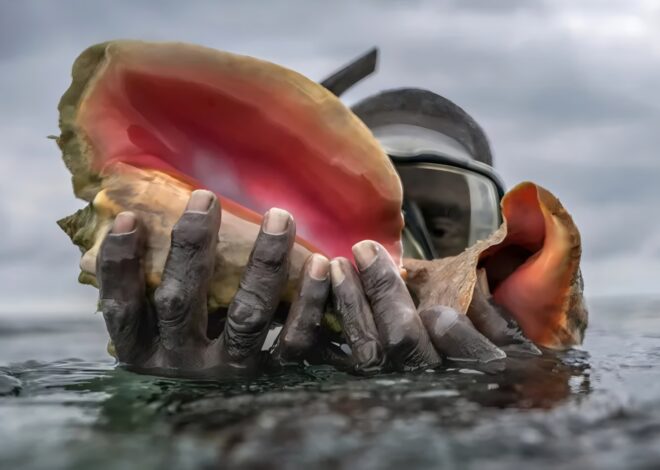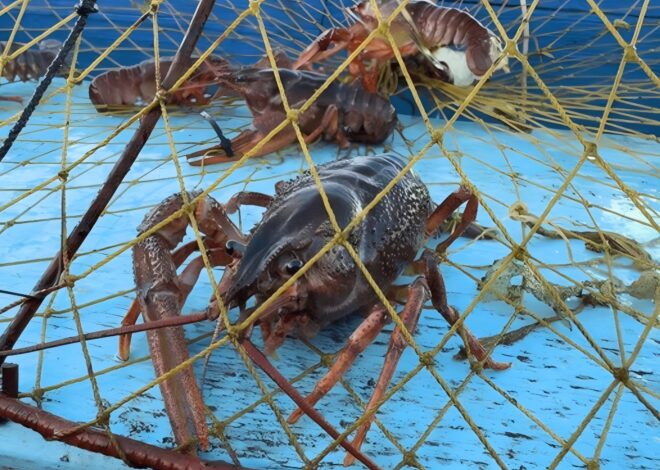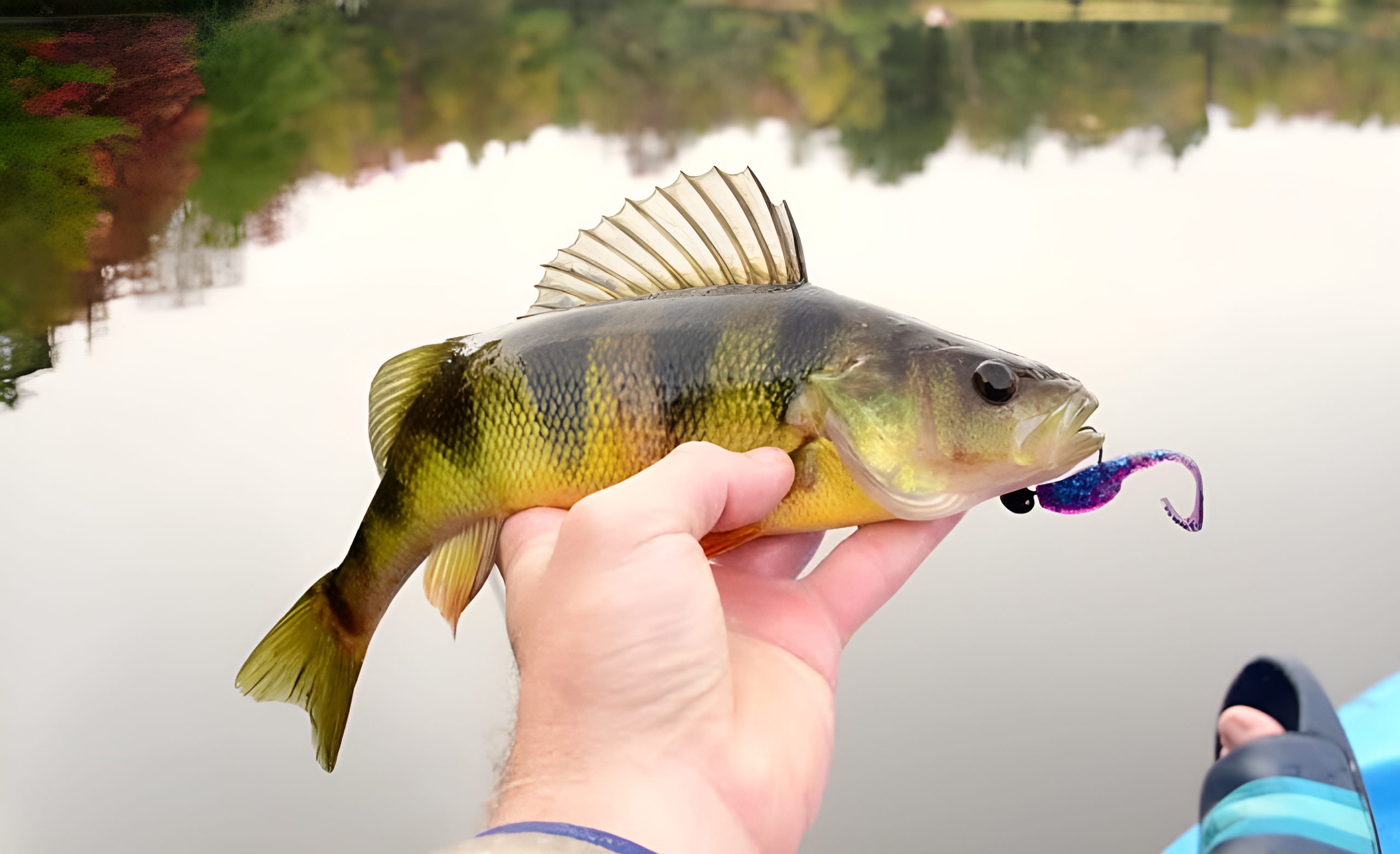
How To Catch Blackfin Tuna
As we dive into how to catch blackfin tuna, you’ll discover everything from their behavior and habitat to essential gear and techniques that will increase your chances of reeling them in. If you’re looking to spice up your fishing adventures, blackfin tuna is the catch you need. Known for their acrobatic leaps and fierce fights, these fish are not just a thrill to catch but also a delight on the dinner plate.
Anglers from all over flock to coastal waters in search of this prized species, making every outing an exhilarating experience. Whether you’re a seasoned pro or a first-time angler, understanding the intricacies of blackfin tuna fishing can elevate your next trip out on the water. So grab your rod and let’s get started!
Why Blackfin Tuna is a Popular Catch
Blackfin tuna is a favorite among anglers for many reasons. They are known for their incredible speed and agility, making them an exciting challenge to catch. Their acrobatic leaps out of the water create spectacular displays that captivate both novice and seasoned fishers.
This species also offers great fight once hooked, putting up a thrilling struggle that tests your skills and gear. Blackfin tuna can weigh between 10 to 40 pounds, providing ample sport without being overly intimidating for beginners.
Beyond the thrill of the chase, blackfin tuna boasts delicious meat. The rich flavor and firm texture make it a sought-after delicacy in kitchens around the world. Many enjoy grilling or searing this fish to savor its natural taste.
Moreover, they thrive in warm waters near reefs and offshore structures, making them accessible targets in popular fishing destinations. These factors all contribute to why so many anglers aspire to catch blackfin tuna on their adventures.
Understanding the Habitat and Behavior of Blackfin Tuna
Blackfin tuna are primarily found in warm waters of the Atlantic Ocean, especially around the Gulf of Mexico and the Caribbean Sea. They prefer deeper offshore areas but often venture closer to shore during feeding times. These fish thrive in temperatures between 70°F and 85°F.
Their favorite habitats include reefs, wrecks, and structures that provide shelter from predators. Behaviorally, blackfin tuna are highly active creatures known for their acrobatic displays when hooked. They tend to hunt in schools, which can make them easier to target during certain periods.
Their diet consists mainly of small fish such as mackerel and sardines, along with squid. Understanding these patterns is key to successfully locating them while fishing. Curious about their movements? Blackfins exhibit seasonal migration trends based on water temperature and food availability. Observing these changes can lead you right where they congregate most frequently.
Essential Gear for Catching Blackfin Tuna
When targeting blackfin tuna, having the right gear is crucial. Start with a medium to heavy spinning or conventional rod paired with a robust reel. A good line strength of 30-50 lb test will help you handle these powerful fish. Leader material should be fluorocarbon for its invisibility in water.
Use a length of about 20-40 feet to increase your chances of success. Hooks are essential too; circle hooks in sizes 4/0 to 6/0 work well for this species. Don’t forget the lures and baits! Live bait like sardines or mackerel can attract blackfin effectively.
If you prefer lures, consider using topwater plugs or jigs that mimic smaller fish. Bring along a quality tackle box to keep everything organized and accessible during your fishing adventure. Being prepared sets the stage for an exciting day on the water!
Techniques for Catching Blackfin Tuna
To successfully catch blackfin tuna, employing the right techniques is crucial. One popular method is trolling with artificial lures. Brightly colored skirts and diving plugs can mimic the movement of small fish, attracting these fast swimmers.
Another effective technique is live bait fishing. Use lively baits such as small mackerel or pilchards to entice blackfin tuna into biting. Casting techniques also work well in shallow waters where blackfins are known to feed near the surface.
A quick retrieve combined with erratic movements simulates injured prey, making it irresistible. Don’t forget about chumming! This strategy creates a feeding frenzy by dispersing bait in the water, drawing tunas closer for an easier catch.
Pay attention to your line’s weight and type; lighter lines may yield better results when targeting these agile fighters while still providing enough strength to reel them in effectively.
Other Factors to Consider
When targeting blackfin tuna, weather conditions play a significant role. Calm seas are ideal for spotting feeding fish near the surface. Overcast days can also be beneficial, as these fish often come out to feed more freely.
Tides influence their behavior too. Incoming tides usually bring baitfish closer to shore, attracting blackfin tuna along with them. Pay attention to tide charts when planning your fishing trips. Consider local regulations regarding size and bag limits. Responsible anglers should stay informed about current guidelines to promote sustainable practices in the sport.
Don’t overlook local knowledge. Talking to experienced fishermen at marinas or tackle shops can provide insights on recent catches and effective techniques specific to your area. Being adaptable will increase your chances of success while chasing this sought-after species.
The Best Time and Place to Catch Blackfin Tuna
Timing plays a crucial role when targeting blackfin tuna. The best months to catch them are typically from late spring through early fall, with peak activity often seen from June to September. Location matters just as much. Blackfin tuna are commonly found in warm waters, particularly around the Gulf of America and the Caribbean Sea.
Key spots include offshore reefs, wrecks, and deep drop-offs where baitfish congregate. Early mornings or late afternoons are prime times for fishing. This is when blackfins venture closer to the surface in search of food.
Weather conditions can also impact their behavior; calm days tend to yield better results than choppy ones. Pay attention to water temperature—blackfin thrive in waters ranging from 70°F to 85°F (21°C to 29°C). By focusing on these elements, anglers can significantly increase their chances of landing this prized fish.
Tips for Success in Catching Blackfin Tuna
To boost your chances of catching blackfin tuna, always pay attention to the weather. Calm seas and overcast skies can create ideal conditions for fishing. Timing is crucial. Early mornings or late afternoons are often the most productive times.
Tuna tend to be more active during these hours, so plan your trips accordingly. Using fresh bait can make a significant difference. Live baits like mullet or sardines attract blackfin tuna effectively, increasing your odds of a successful catch.
Stay mobile while fishing. If you’re not getting bites in one spot, don’t hesitate to move around until you find where they are feeding. Practice patience and stay alert. Blackfin tuna are known for their speed and agility; being ready for that sudden strike will help secure your catch before it gets away.
Safety Precautions while Fishing for Blackfin Tuna
Fishing for blackfin tuna can be exhilarating, but safety should always come first. Before you head out, ensure your boat is equipped with essential safety gear like life jackets and a first aid kit. Check the weather forecast to avoid getting caught in storms.
Sudden changes in weather can turn a great day fishing into a dangerous situation quickly. While on the water, keep an eye out for other vessels and respect their space. Maintaining situational awareness helps prevent accidents. If you’re using heavy tackle or dealing with large fish, be cautious when handling them.
Sharp fins and strong tails can lead to injuries if you’re not careful. Always inform someone about your fishing plans and expected return time. This way, help can be summoned if anything goes awry during your trip. Staying hydrated is crucial too; bring enough water along to keep yourself energized throughout the day.
Sustainable Fishing Practices for Blackfin Tuna
Sustainable fishing practices are vital for preserving blackfin tuna populations. By adopting responsible methods, anglers can enjoy this exciting fishery while protecting the species for future generations. One effective approach is to utilize circle hooks.
These reduce the risk of gut hooking and increase survival rates for released fish. When targeting blackfin tuna, consider using these hooks to ensure a higher chance of catch-and-release success. Another crucial practice is adhering to local regulations regarding size limits and bag limits.
Always check the latest guidelines before heading out and respect any seasonal closures designed to protect spawning populations. Additionally, practicing selective fishing helps maintain balance in marine ecosystems.
Focus on catching larger individuals when possible, as they contribute more significantly to reproduction than smaller ones do. Educate fellow anglers about sustainable practices. Sharing knowledge fosters a culture of conservation that benefits everyone involved in the sport.
Delicious Recipes for Cooking Blackfin Tuna
Blackfin tuna is a versatile fish that lends itself to various cooking methods. One popular option is blackening, where you coat the fillets with a blend of spices and sear them in a hot skillet. The crust adds incredible flavor while keeping the inside juicy.
For something fresh, consider making sushi or sashimi. Thinly slice the raw fish and serve it with wasabi and soy sauce for a delightful treat. If you’re in the mood for comfort food, try grilling marinated cubed blackfin tuna skewers. Pair them with your favorite vegetables for an easy weeknight meal bursting with flavor.
Another fantastic way to enjoy this fish is by preparing a ceviche. Combine diced blackfin tuna with lime juice, onions, cilantro, and tomatoes for a refreshing dish perfect on warm days. Each recipe showcases the unique taste of this delicious catch!
Conclusion: Catching Blackfin Tuna
Catching Blackfin Tuna can be an exhilarating experience for anglers of all skill levels. Whether you’re fishing from a boat or the shore, understanding their habits and preferences is essential. With the right gear and techniques, success is more attainable than ever.
Knowing where to find them and when to fish increases your chances significantly. Keep safety in mind during your outings, ensuring you follow guidelines that promote sustainable practices. Respecting these beautiful creatures helps maintain the delicate balance of our oceans.
Don’t forget about enjoying what you’ve caught! With various delicious recipes available, blackfin tuna can seamlessly transform into a mouthwatering meal after a rewarding day on the water. Embrace every moment spent fishing for this remarkable species; it’s not just about catching but also appreciating nature’s wonders along the way.



